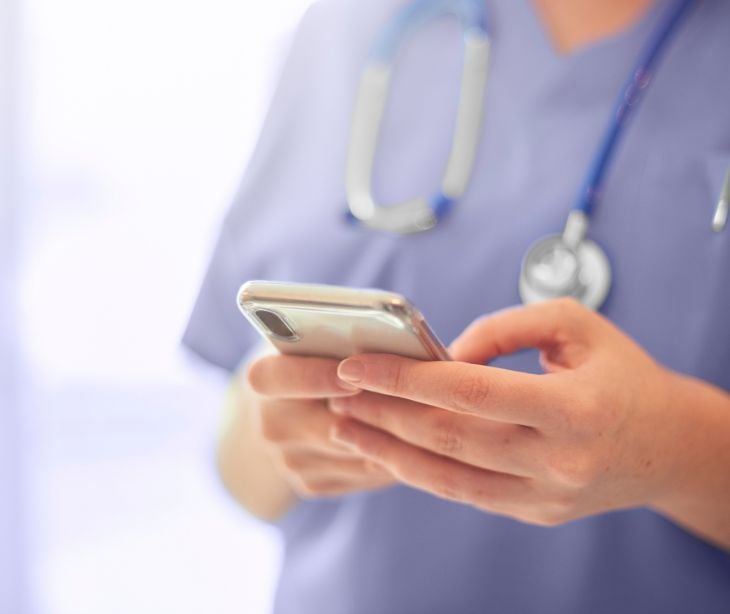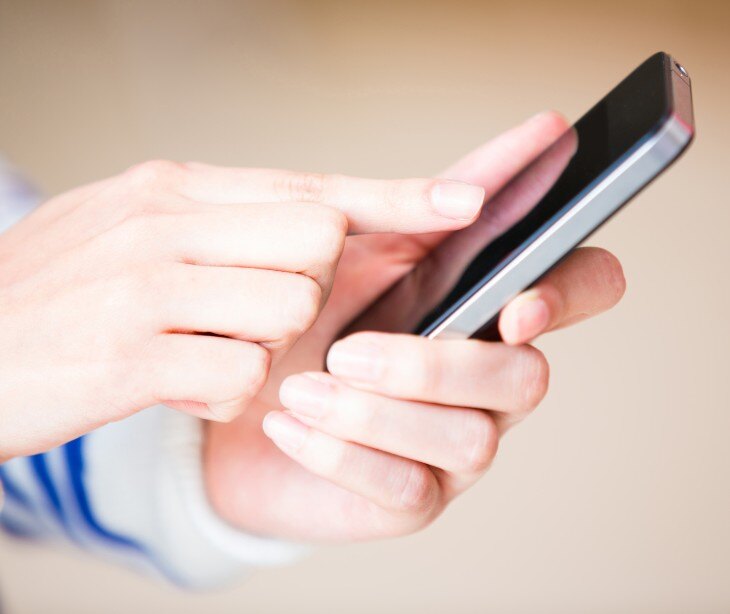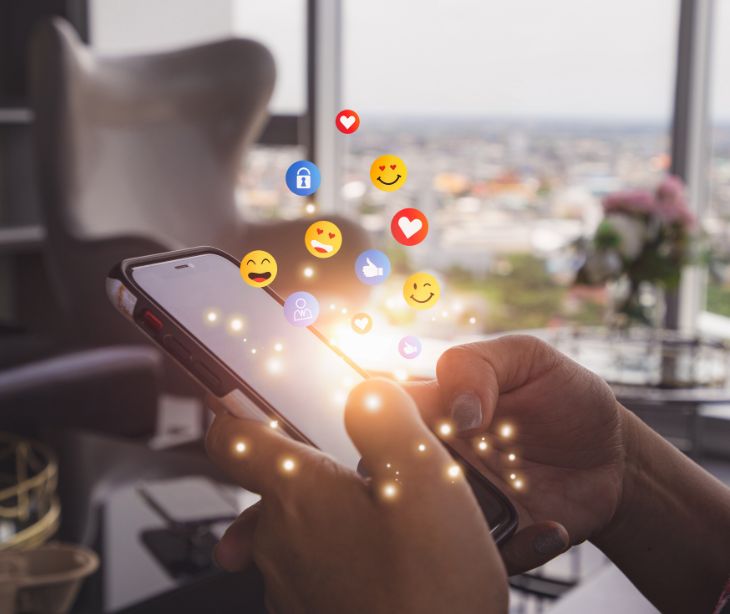
Text messages are a widely accessible method of communication, making it easier for healthcare professionals, patients, and caregivers to communicate quickly and conveniently, regardless of their location. It allows patients to ask questions, and actively participate in their healthcare management, improving patient satisfaction and outcomes.
The Security Rule and text messaging
Healthcare organizations must have policies and procedures that adhere to the Administrative and Technical safeguards required by the Security Rule. This includes implementing measures such as access controls, encryption, and audit controls to ensure the confidentiality and availability of PHI during transmission and at rest. These policies should include provisions for how text messaging should be handled by staff as well as how to deal with potential breaches of patient data as a result.
Are healthcare providers allowed to use text messaging platforms?
Healthcare providers can use HIPAA compliant text messaging platforms to communicate with patients and colleagues, provided they adhere to specific guidelines and security measures. This is provided these HIPAA compliant text messaging platforms are designed with stringent privacy and security requirements in mind. It is also the healthcare organization's responsibility to ensure they have a business associates agreement (BAA) in place.
Healthcare providers can leverage the accessibility, convenience, and efficiency of text messaging while ensuring that patient privacy and data security are protected. However, it is necessary for healthcare providers to carefully select and implement HIPAA compliant platforms and establish policies and procedures that align with HIPAA regulations to maintain compliance.
Related: Texting tools and HIPAA compliance: The ultimate guide
Considerations when using text messaging to communicate with patients
- Consent: Obtain informed consent from patients before initiating text messaging communication. Clearly explain the purpose of text messaging, the types of information that may be exchanged, and any potential risks involved.
- Secure platform: Utilize a secure text messaging platform specifically designed for healthcare that offers encryption and other security features to protect patient information during transmission and storage.
- Confidentiality: Remind patients of the necessity to maintain the confidentiality of their personal health information and encourage them to safeguard their mobile devices with passcodes or biometric authentication.
- Limit information: Be mindful of the information shared via text messages and avoid including detailed or sensitive medical information unless necessary. Instead, use text messaging for brief reminders, appointment scheduling, or general non-sensitive communication.
- Verify recipient: Always confirm the recipient's identity before discussing patient-specific information. Implement protocols to verify the patient's identity before engaging in sensitive discussions.
- Opt-out option: Provide patients with the option to opt out of text messaging communication at any time. Respect their preferences and ensure their choices are honored promptly.
- Timing and frequency: Be mindful of the timing and frequency of text messages to avoid unnecessary disruptions or overwhelming patients with excessive communication. Respect their preferred communication preferences.
- Documentation: Maintain accurate and thorough records of text message communications with patients, including dates, times, and the content of the messages. This documentation can be helpful for future reference and potential audits.
Permissible uses of popular messaging apps
Using popular consumer messaging apps like WhatsApp or Facebook Messenger for healthcare communications is generally not recommended or permissible under HIPAA's Security Rule. These apps are not designed specifically for healthcare. They may not provide the necessary safeguards to protect patient privacy and ensure HIPAA compliance. These apps typically do not sign BAAs with healthcare organizations.
Consumer messaging apps often store data on their servers for an extended period, which may not align with HIPAA's requirements for data retention and disposal. Another factor is that some consumer messaging apps may store data on servers outside the United States, leaving it subject to laws within those areas that may not offer similar protections.
What to do if a text message is sent erroneously?
When a text message containing protected health information (PHI) is mistakenly sent, healthcare providers should immediately address the situation and ensure compliance with HIPAA regulations. The responsible party should promptly acknowledge the error and make a note of the recipient, the content of the message, and any potential risks associated with the disclosure.
Proper documentation of the incident, including the date, time, individuals involved, and the steps taken to rectify the error, is necessary for reporting and auditing purposes.
The risk associated with the erroneous message should be assessed, considering the sensitivity of the shared information, the relationship with the recipient, and the likelihood of unauthorized disclosure. If the risk is significant, further actions may be necessary, such as reporting the incident to the organization's HIPAA compliance officer or legal team.
Subscribe to Paubox Weekly
Every Friday we'll bring you the most important news from Paubox. Our aim is to make you smarter, faster.



